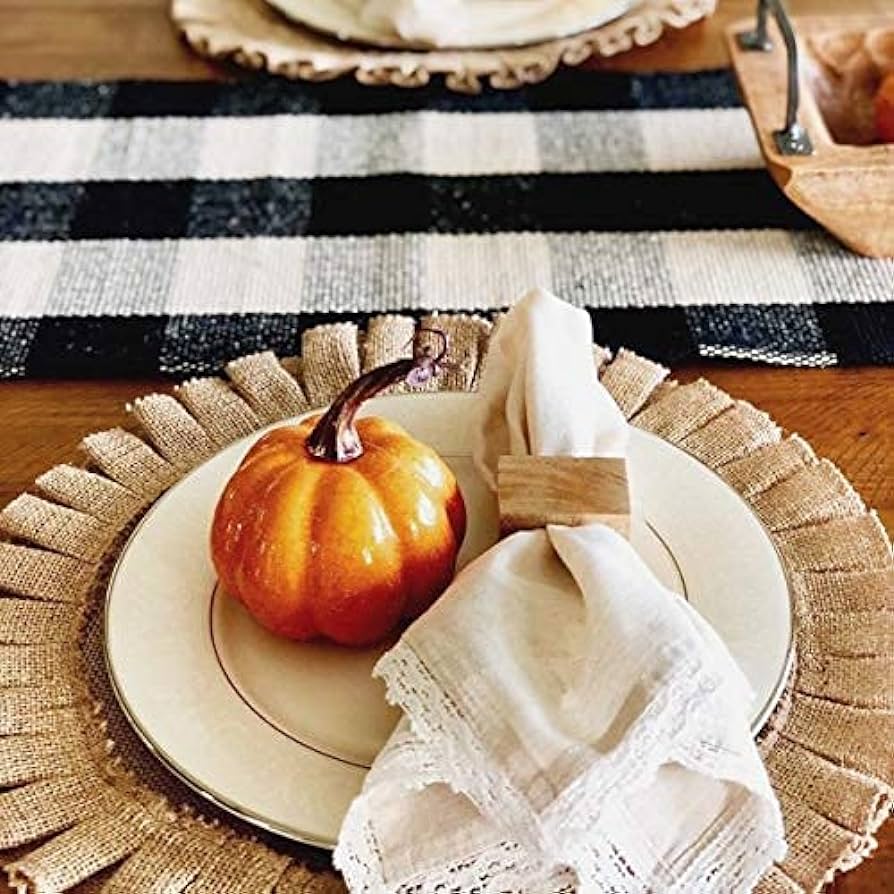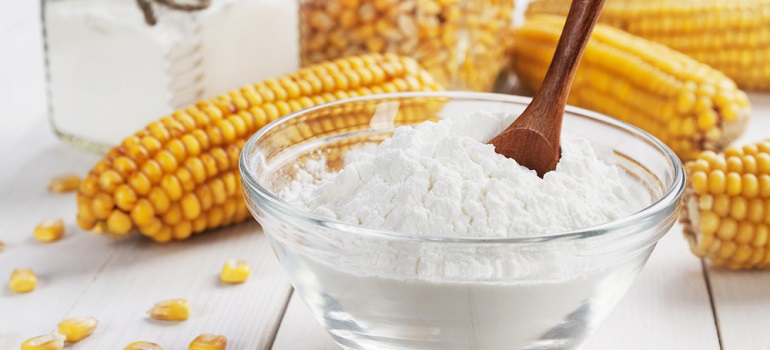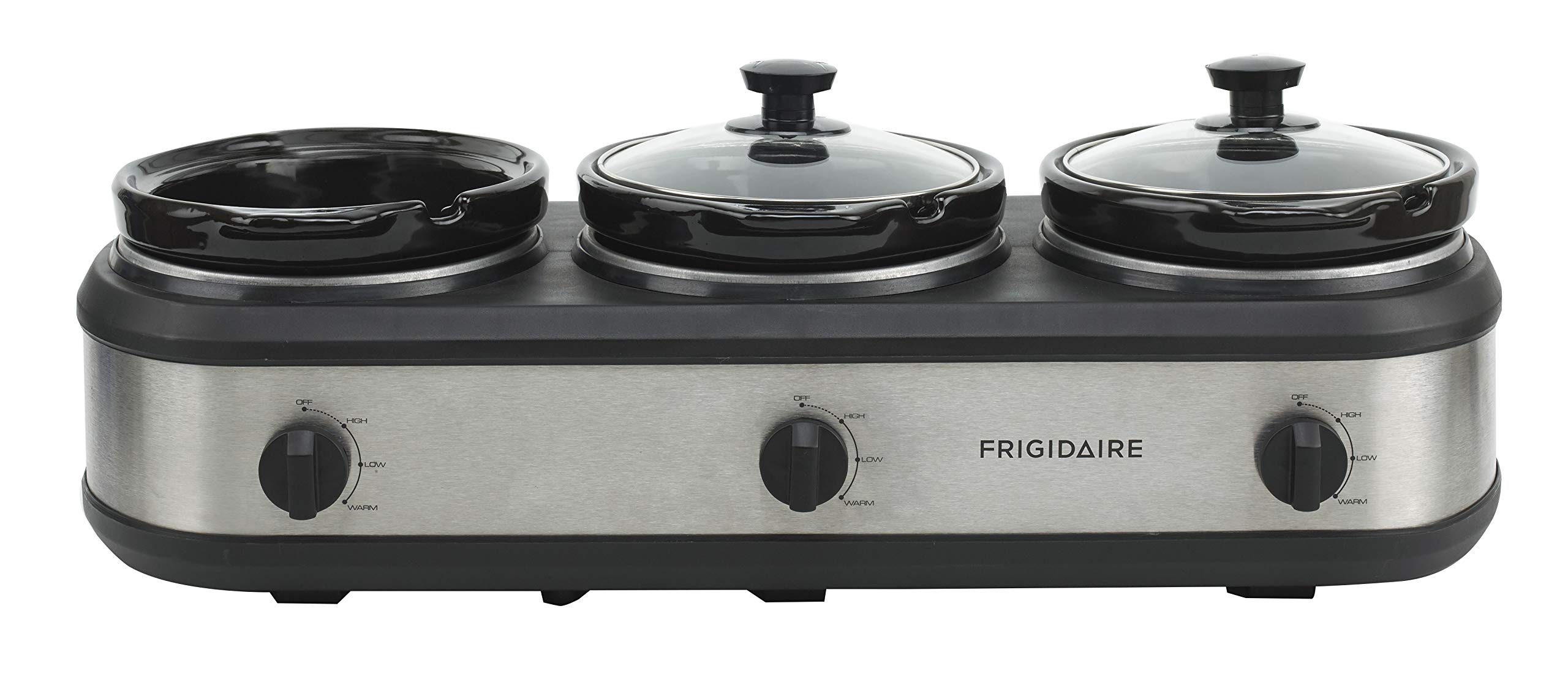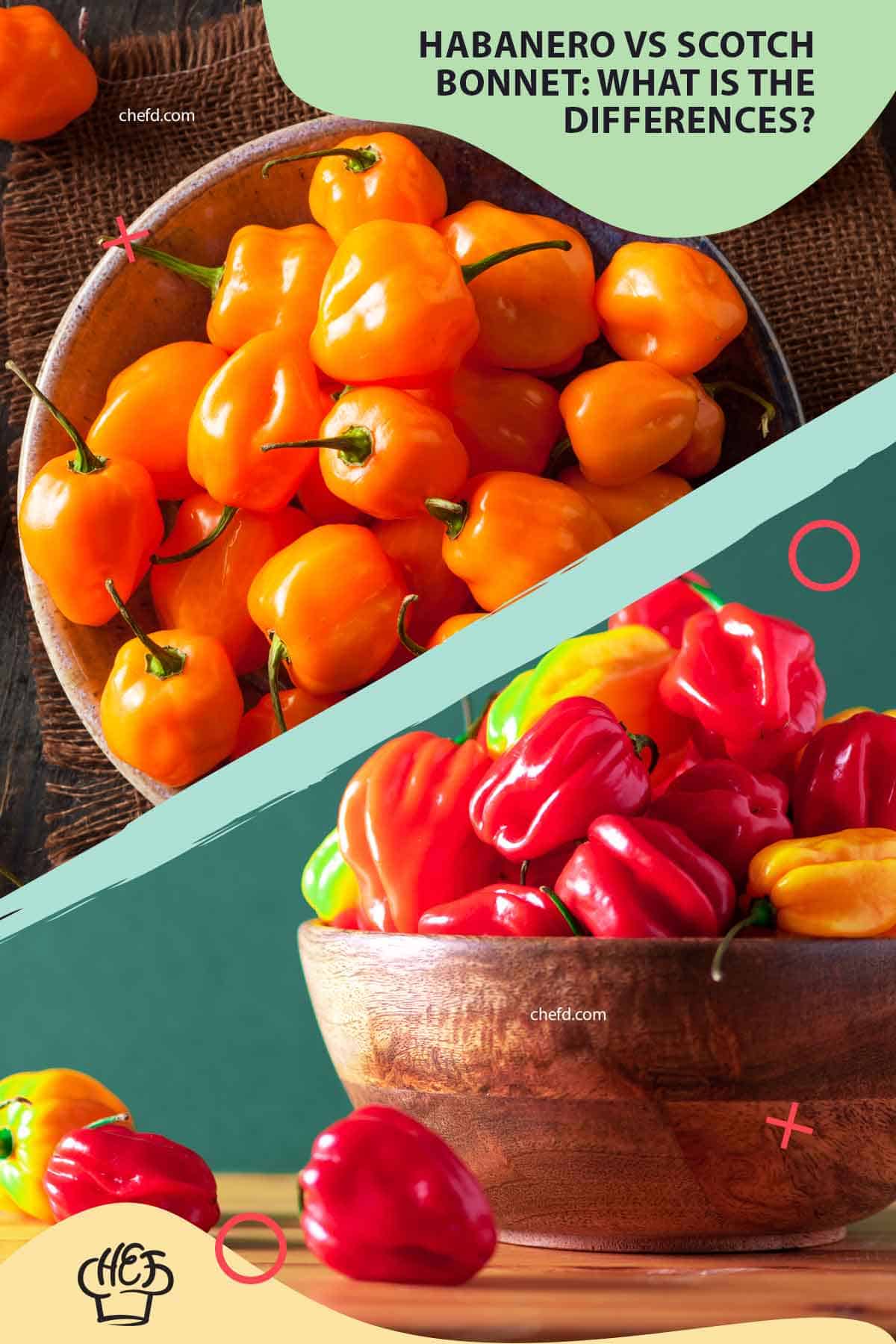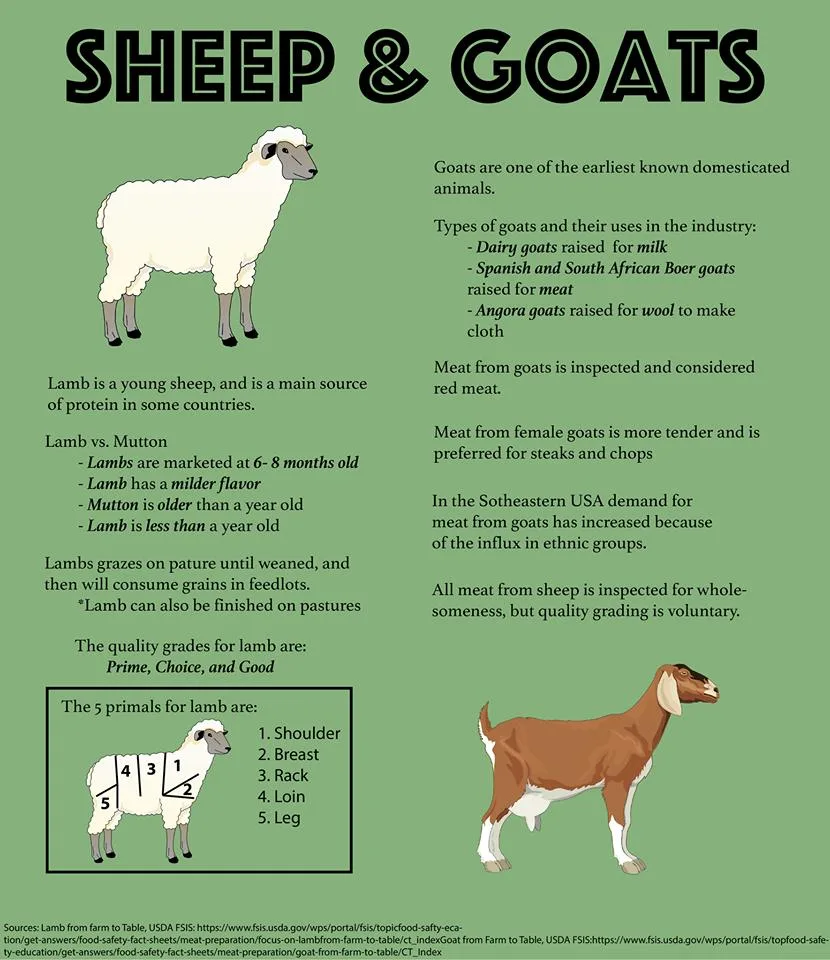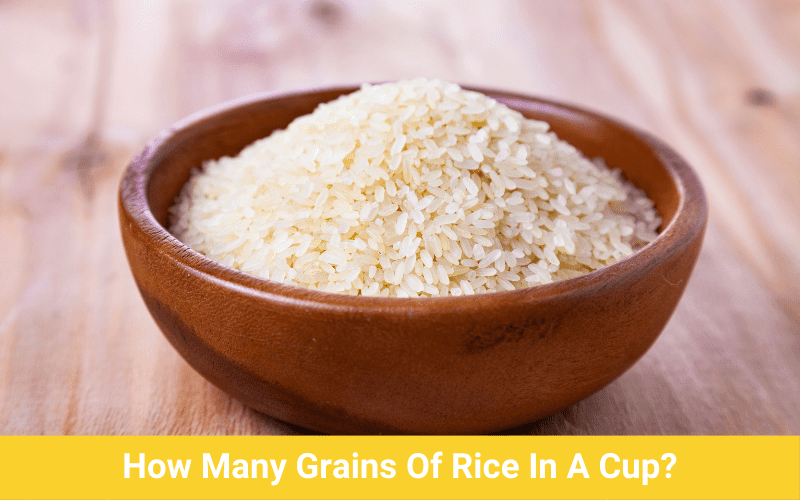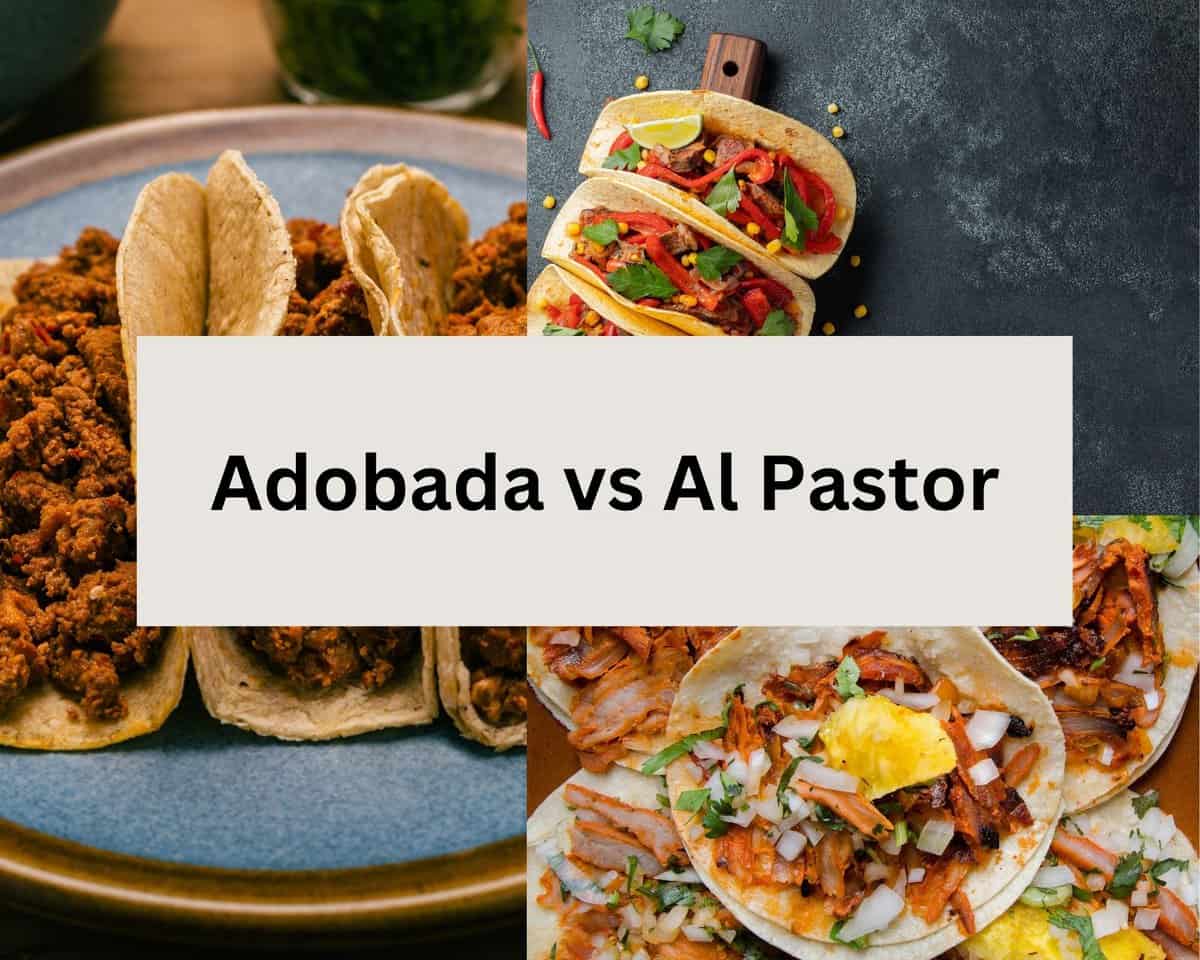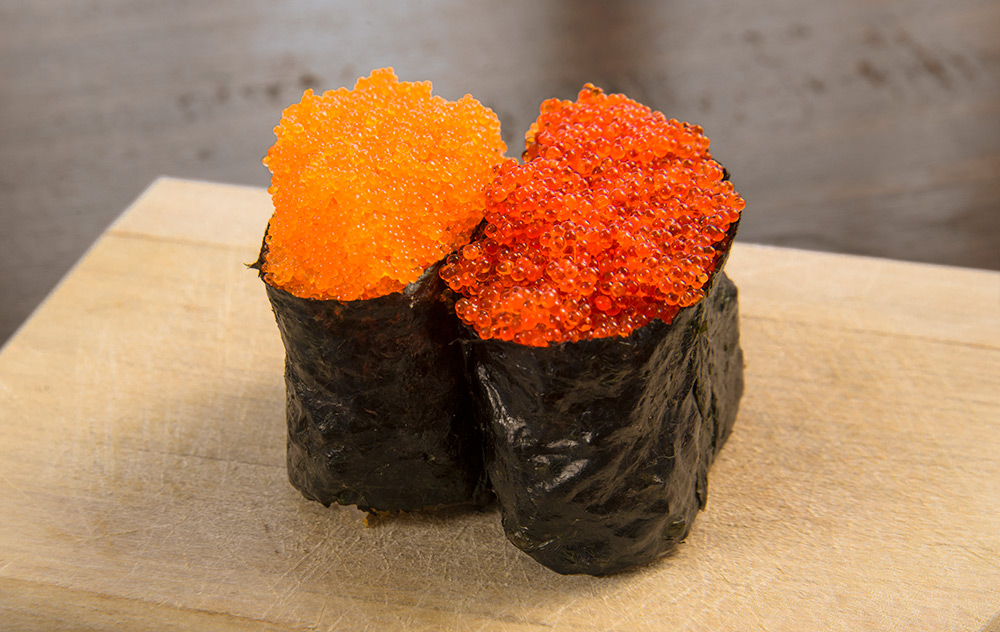– White jasmine rice is similar nutritionally to other types of white rice.
– Brown jasmine rice is more nutritionally dense than white rice.
– Jasmine rice is a type of long-grain rice grown primarily in Thailand.
– White rice refers to a processed form of rice with the hull and bran removed.
– Jasmine rice is usually white rice, but brown jasmine rice is also available.
– There are few nutritional differences between white jasmine rice and other types of white rice.
– Jasmine rice has a more noticeable aroma.
– Both jasmine rice and white rice are less nutritionally dense than whole grain brown rice.
– Jasmine rice has a fluffy texture when cooked, while white rice tends to be softer and clumpy.
– Brown jasmine rice is more nutritionally dense than white rice, offering more fiber and protein.
– White jasmine rice contains 129 calories, 0.46g of fat, 27.86g of carbohydrates, 0.7g of fiber, 0g of sugar, and 2.86g of protein per 100g serving.
– The nutritional content of long-grain white rice is almost indistinguishable from jasmine rice.
– Neither white jasmine rice nor white rice contain substantial quantities of basic vitamins and minerals like iron and vitamin D.
– Brown jasmine rice contains 170 calories, 1g of fat, 34g of carbohydrates, 2g of fiber, 0g of sugar, and 3g of protein per 1/4 cup serving.
– Jasmine rice has a longer and thinner grain compared to short-grain white rice.
– Brown jasmine rice is healthier than white jasmine rice as it has more protein and fiber.
– Jasmine rice and white rice are processed and have similar nutritional profiles.
– White rice has the outer husk, bran, and germ removed, resulting in a loss of fiber and nutrients.
– A 1-cup serving of cooked long-grain white rice and jasmine rice have similar amounts of calories, carbs, protein, and fiber.
– Some white rice varieties may contain small amounts of zinc, magnesium, manganese, copper, and B vitamins.
– Nutrients like iron, thiamine, niacin, and folate are often added to white rice due to nutrient loss during processing.
– Brown jasmine rice is less processed and contains the outer husk, bran, and germ, retaining fiber and nutrients.
– A 1/3 cup of uncooked brown jasmine rice contains calories, protein, fat, carbs, fiber, iron, thiamine, and niacin.
– Brown jasmine rice has lower calories and carbs compared to white rice and also provides calcium, iron, and potassium.
– Red, purple, and black varieties of whole-grain jasmine rice contain different phytonutrients with antioxidant properties.
– Jasmine rice is a variety of long-grain, fragrant rice primarily grown in Southeast Asia, particularly Thailand.
– White rice can have a short, medium, or long grain, and it is always white in color.
– Jasmine rice has a slightly sticky texture when cooked and is considered to have excellent cooking quality.
– White rice can vary in consistency, with glutinous rice being very sticky.
– Jasmine rice can be white, brown, red, purple, or black in color.
– Jasmine rice is also known as Thai fragrant rice due to its pleasant popcorn-like smell.
– Swapping 1/3 cup (50 grams) of white rice with the same amount of brown rice each day is associated with a 16% reduced risk of type 2 diabetes.
– Brown jasmine rice contains fiber, which can help slow the absorption of sugar and minimize its accumulation in the bloodstream.
– Brown rice also contains phytonutrients like flavonoids, anthocyanins, and phenolics that can support heart and immune health.
– Whole-grain or brown jasmine rice is considered a healthier alternative to white rice or white jasmine rice.
Continue Reading
